This post may contain references or links to products from one or more partners of our parent company and/or subsidiaries of our parent company. For more information, visit this page.
Updated May 13, 2022
If you’ve been looking into different flooring options and haven’t yet come across the amazingness that is peel-and-stick carpet tiles, you’re in for a treat. Why? Peel-and-stick carpet tiles are becoming more and more popular every day—they’re versatile, they’re affordable, and they come with a ton of advantages over traditional broadloom carpets.
If you’re a carpet tile novice, rest easy: below, we’ll show you 9 reasons why peel-and-stick tiles are an excellent choice for your next flooring project. And for those of you already in the know when it comes to this awesome type of carpeting, we’ll give you all the specifics you’ll need to choose the perfect carpet tiles for you. Buckle up: we’re about to go on a magic carpet tile ride.
The basics: what are peel-and-stick carpet tiles?
Peel-and-stick carpet tiles are exactly what the name implies: tiles of carpet with a self-adhesive backing. You can find carpet tiles without adhesive backing, but as you may have guessed, these don’t fall into the “peel-and-stick” category. Carpet tiles are also occasionally known as “modular carpet”.
These days, however, buyers have more options than ever. Proximity Mills actually makes a type of carpet tile that uses friXion pads (essentially high-tech velcro) to stay in place with no sticky residue. Plus, they’re machine-washable!
What sizes do modular carpet tiles come in?
Although most tiles come in 18” or 24” squares, 16” and 12” tiles are common as well. It really depends on the manufacturer and product—it’s not difficult to find larger or smaller squares if you need them. The LCT (luxury carpet tile) product from Proximity Mills we mentioned a moment ago comes in a 24″ by 40″ format. But carpet tiles that big (and gorgeous) are the exception rather than the norm.
And speaking of shape: while they’re most often sold square (another common term for carpet tiles is, in fact, “carpet squares”), it’s not unusual to find carpet tiles cut into rectangles or planks.
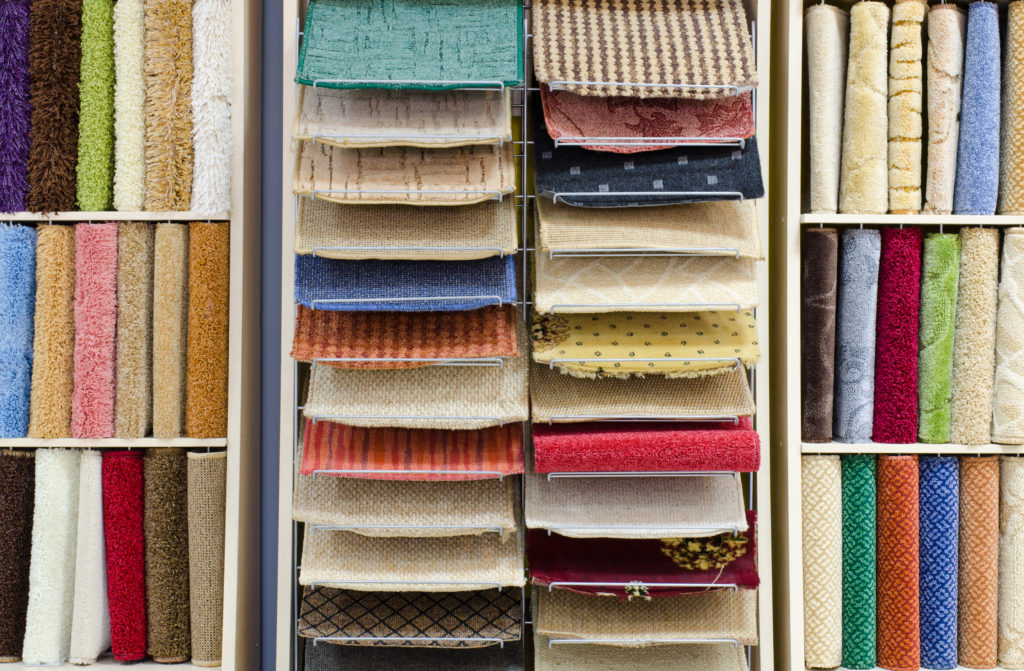
Best Brands of 2024
What makes peel-and-stick carpet tiles so awesome?
We’re so glad you asked! In no particular order, because:
1. Carpet tiles are ridiculously versatile
Seriously—when it comes to versatility, carpet tiles are second to none. They come in an endless range of materials, patterns, colors, and piles—all of which you can mix and match to create your own custom carpeting, wherever you want.
Looking for a super-fuzzy, 10-foot, cut-pile hallway runner in a mix of green and, let’s say, copper? We know—it’s an obnoxiously complicated order. But here’s the thing: you can just create it yourself using carpet tiles bought from any flooring store in your area.
Want to carpet your entire office with star-patterned magenta? Buy some carpet tiles. Need a single area of nylon underneath the coffee table? Carpet tiles. Whatever you want to do, the answer is inevitably the same: carpet tiles.
2. Carpet tiles are super easy to install
Peel-and-stick carpet tiles are probably the world’s easiest type of flooring to install. You literally just line them up (we’d recommend using a T square for this, but you do you), peel the paper off the adhesive backing, and stick ‘em down. That’s about it. DIY-ers: this one’s for you.
Sure, there are some types of carpet tiles that come without a backing, and for these, you will need to use an extra adhesive. But still—in contrast to conventional broadloom carpet, which usually comes in 12- to 15-foot rolls and needs to be installed by a professional, it couldn’t be easier.
3. You can install carpet tiles directly over existing flooring
When it comes to putting in carpet tiles, it’s almost unfair to call it “installation”—because there’s no prep work involved and it only takes a few minutes.
Conventional broadloom carpet needs to be laid down using perimeter tack strips, a special sublayer, adhesive glue, etc. Carpet tiles, on the other hand, can be stuck directly onto existing flooring. Hardwood floors? Stick it on. Vinyl flooring? Stick it on. Carpet? Yup—stick it on.
4. Carpet tiles waste a lot less material
Whether you need to carpet an entire room or just a tiny nook, you’re going to waste a lot less material using carpet tiles than you would using broadloom. Why?
Like we said, broadloom comes in 12- to 15-foot rolls. Every time you need to carpet around a corner, an obstacle, or anything that’s not a 90° angle, you have to cut it out of that roll of carpet. And once you’ve sliced into the roll of carpet, the entire area you cut that shape out of goes to waste. That’s not a problem with carpet tiles since they’re composed of small sections to start with!
5. Carpet tiles are easy to clean and replace
Carpet tiles can be vacuumed just like any other carpet. Plus, since many of them are low-pile (though, again, this depends on the product you choose), they trap relatively little grime. More importantly, though, they’re super easy to replace—you can just pull up a single tile if it gets stained or damaged.
Translation: no more calling the carpet steamers when your kids spill juice or when your dog gets overly excited and has an accident all over the brand new Berber carpet that you’d just brought home the same day (we’re still bitter about that one). Just replace the soiled carpet square! So much easier, so much less gross. If you’re looking for pet-friendly flooring options, carpet squares are a solid way to go.
6. Carpet tiles often cost less than other types of flooring
It depends on the product, but most peel-and-stick carpet tiles cost between $1 and $4 per square foot. When you compare that to other types of flooring, it’s easy to see that carpet tiles often cost a good amount less. Oh, and if you can find a carpet tiles clearance sale, that price gets even lower.
7. Carpet tiles are perfect for indoor-outdoor use
If you’re looking for stylish indoor-outdoor flooring, carpet tiles are a great way to go. Lots of flooring stores sell peel-and-stick carpet tiles that are made specifically to withstand the elements. But even if you’re just going with normal ol’ carpet tiles, you can always stick them down outside for a barbeque, a party, even for the whole summer… and then peel them back up when you’re done!
8. It’s easy to transport and carry carpet tiles
Buying a broadloom carpet can be a pain. If you live in an apartment, how do you get your carpet home? Do you really want to schlep a 12- or 15-foot roll of carpet up the stairs? How are you going to transport it without a truck? If you want to buy it online, how is it going to be shipped to you? The practicality of transporting and carrying carpet isn’t something people usually think about, but it definitely presents an issue, especially for DIY-ers. Carpet tiles, on the other hand, can be carried by the box. Simple as that.
9. You can buy carpet tiles anywhere, from Home Depot to your local flooring store
Ready to buy some carpet tiles? We don’t blame you. And luckily, you can find carpet tiles just about anywhere—from big-box stores like Home Depot and Lowes to local flooring retailers. Even Amazon.com sells them (which is great if you want some peel-and-stick carpet tile reviews before you buy).
How to choose the best modular carpet tiles for you
If you’re a carpet tile pro (and after reading this post, how could you not be?), you’re probably wondering how to choose the best peel-and-stick carpet tiles for you. Really, it’s easy—assess carpet tiles the same way you’d assess any other carpet. That means looking at:
- The type of pile you want
- The type of fiber you want
- The color and gradients you want
Picking your type of carpet is like picking your type of hardwood floor. Consider how you want it to feel, how you want it to wear, and where you’re going to put it.
Our advice? Find a flooring store in your area and get some advice from them on the best carpet tiles for you. Industry secret: local retailers usually know a lot more about flooring than their box store counterparts (because it’s all they focus on). But you didn’t hear it from us!
About The Author

Samuel Greenberg
October 21, 2019
Associate Director of Content Marketing at FlooringStores (and its parent company, Broadlume), Samuel is a former travel writer, English teacher, and semi-professional trivia host. When he’s not creating content, he can be found doing crosswords, drinking coffee, and petting the office dogs.
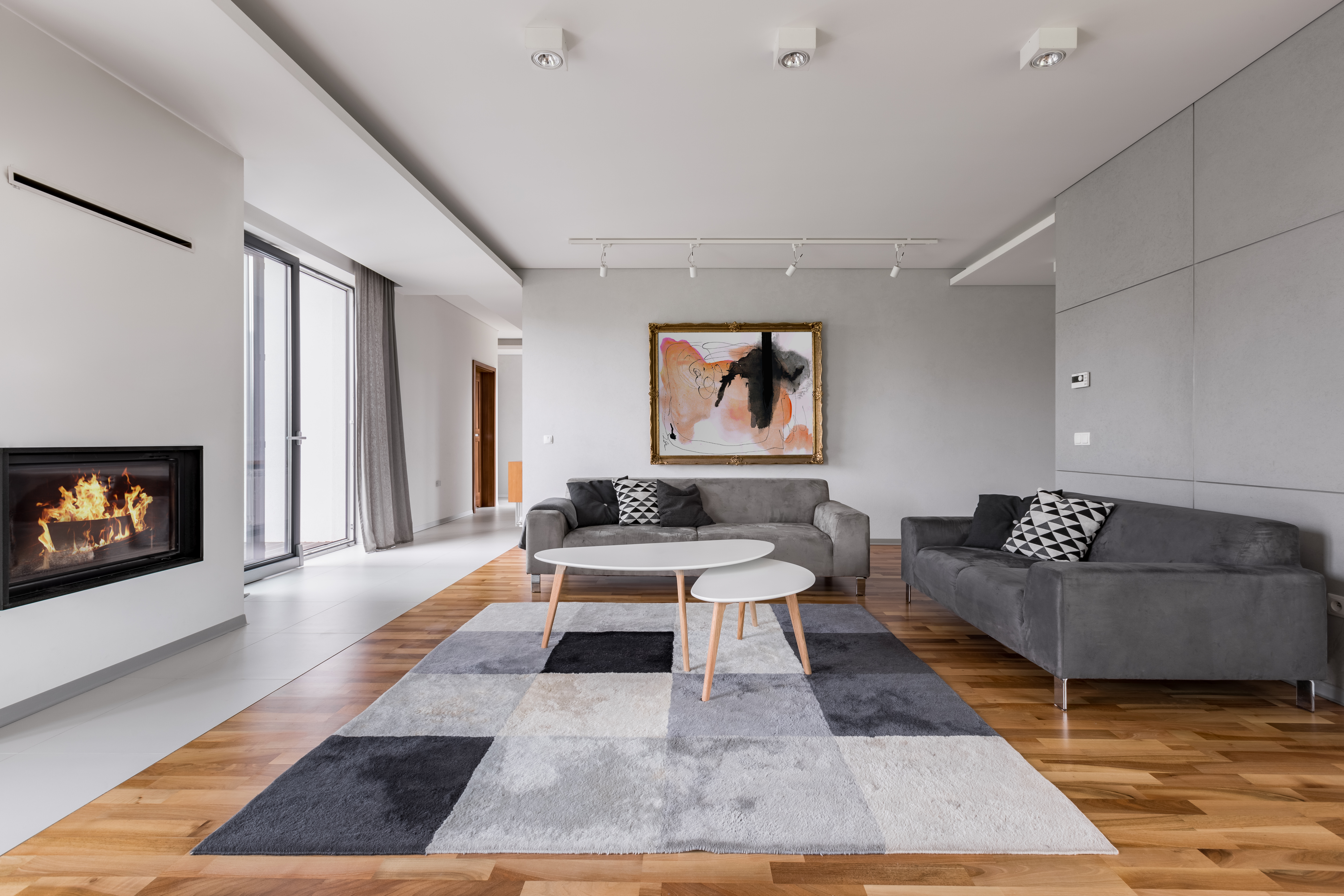
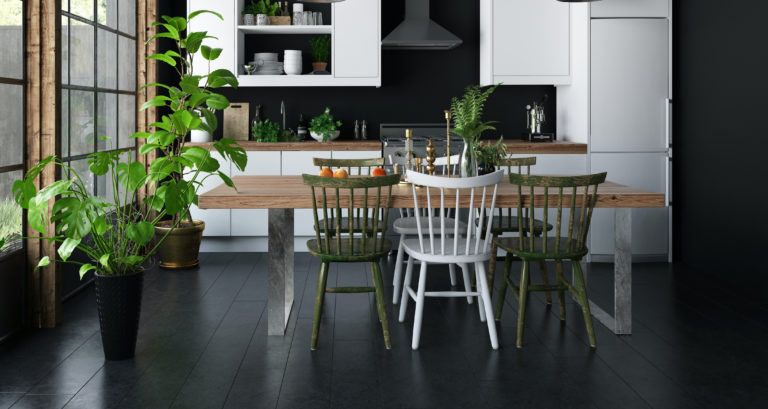

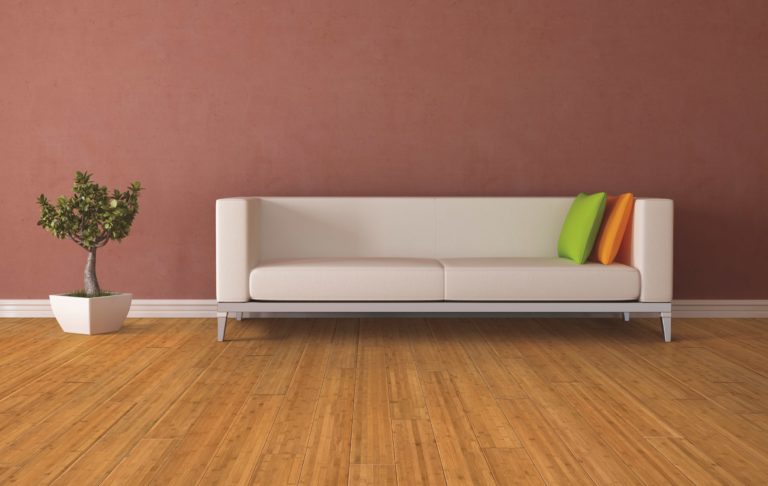

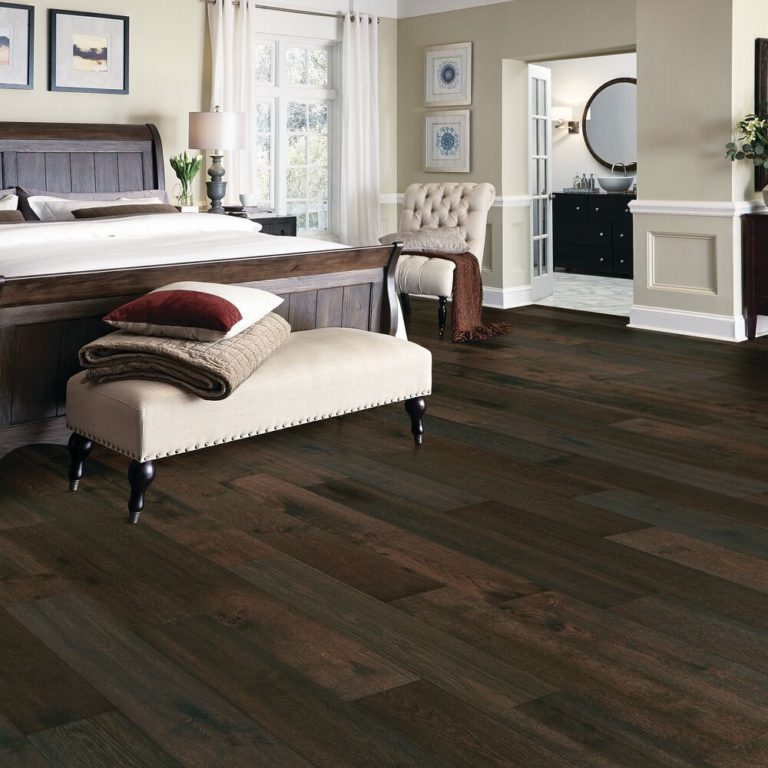
3 comments
Mary Drew
Can I drive on Carpet tiles?
How many carpet squares is needed for a two car garage?
What an ESTIMATED AMOUNT DOES A TWO CAR GARAGE REQUIRED USING CARPET SQUARES?
Mel Abernathy
I love the article- Well written and very informative.
There are a few main attributes to a carpet performing well.
The main issue would be construction. A low pile height, more stitches per inch and tighter gauge all help contribute to a better, longer lasting flooring.
Naturally, loosely tufted carpet, high pile height, fewer SPI and a larger gauge will result in the fiber matting and crushing.
The fibers typically don’t wear out, they ugly out.
Dense backing systems, underlayment, padding or cushion, provide excellent ability for the carpet to bounce back or spring back after being exposed to foot traffic. Those backings or underlayments are as important as the face fiber and construction. The backing systems that are integrated into the fiber offer advantages of superior tuft-bind and resist edge-raveling much better than those that aren’t. So you have to strike a balance between soft and cushy, verses tight, pulled down and more commercial. It all depends on your application and the amount of exposure. Polyester has come a long way and now performs much better than years past.
Suraj Parkash Setia
Enjoyed reading, informative write up, generally carpet cost more than LVT. A further choice of pile and fibre is link with price and performance. Will Polyester fibre performance in carpet end use improve with choice of fibre denier and cross-section.